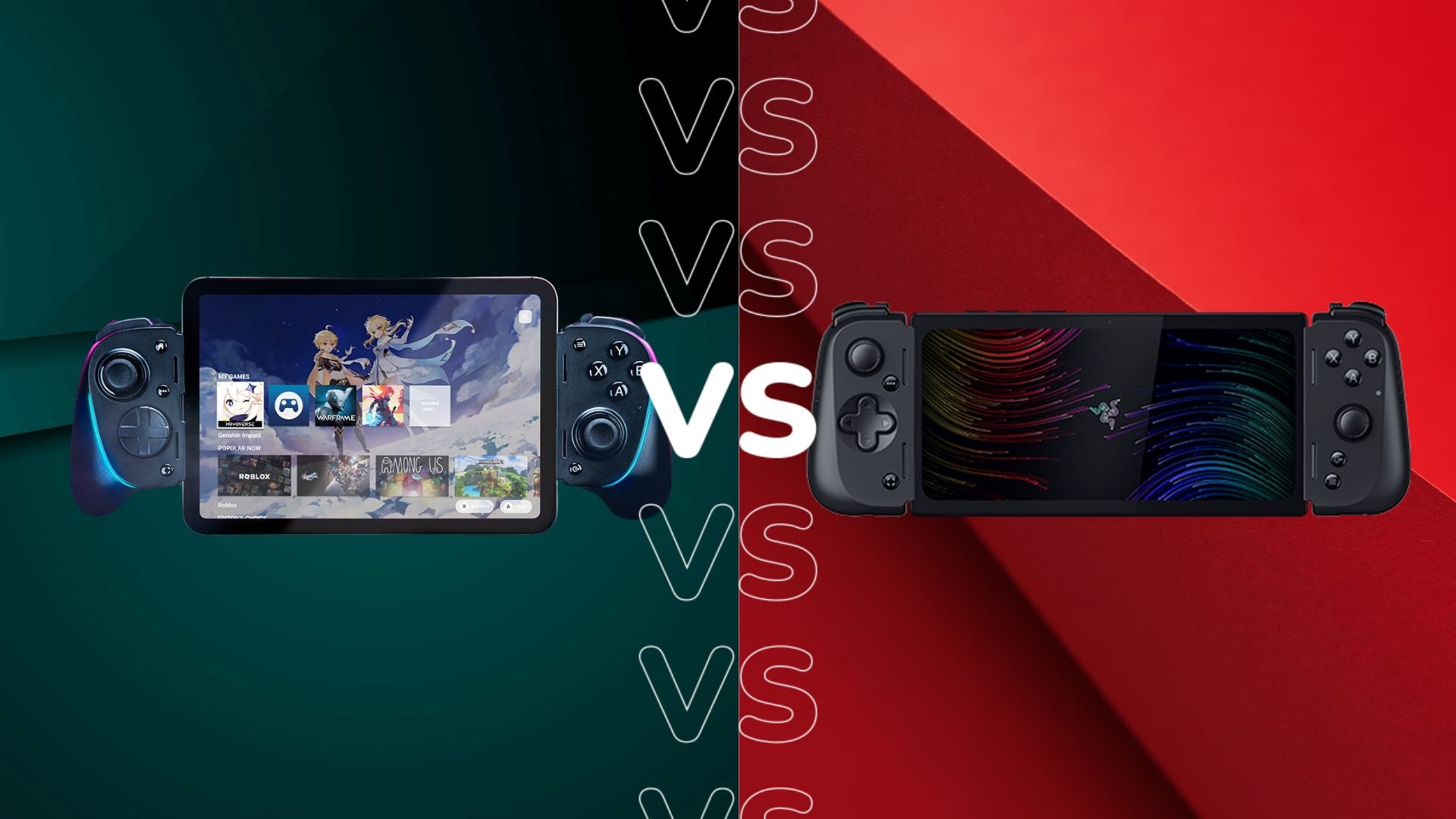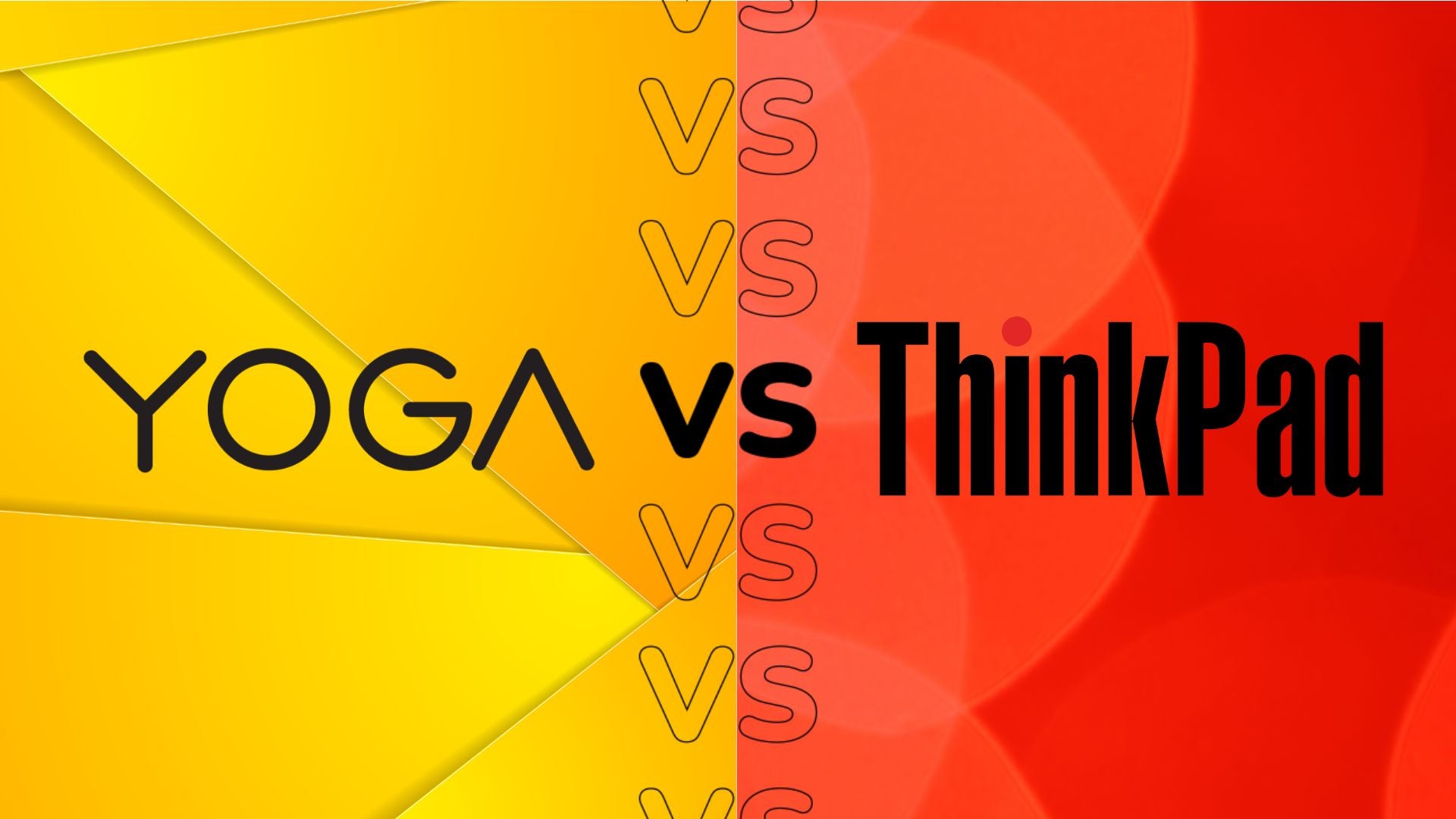Meta Quest 2 vs Pico 4: Which VR headset should you buy?
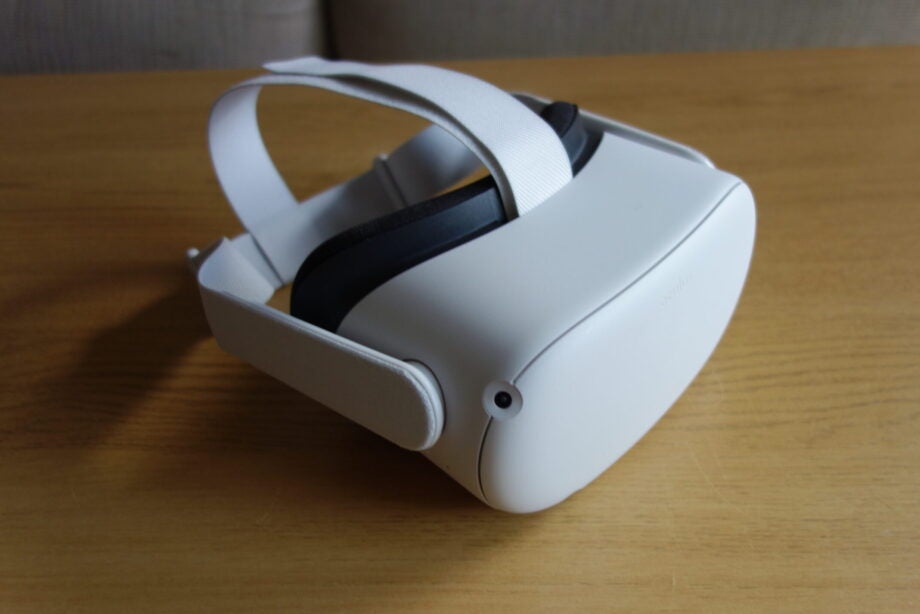
In recent years, we’ve seen the rise of all-in-one VR headsets, which can run independently without the need of an external PC or console.
The Meta Quest 2 is the best example of this, becoming one of the most popular VR headset options in the world. But now it’s facing a fierce competitor in the form of the Pico 4.
How do these two VR headsets compare, and which is the best option for you? We’ll be answering all of those questions and more in our comparison guide below.
Price and availability
Following a post-launch price increase, the Meta Quest 2 now retails for £399/$399.99.
That means the Pico 4 is slightly cheaper, with the price starting at £379. There are currently no plans for the Pico to launch in the USA.
Design
Both the Meta Quest 2 and Pico 4 are all-in-one headsets, and so have no need for wires. At first glance, they look very similar, with a plastic white casing. The Pico has a black visor at the front, making it look a little bit like a pair of ski goggles.
The Pico 4 offers better support for your head, with a plastic band that encircles your head. You’re able to adjust the fit by twisting a dial at the rear. Meanwhile, the Quest uses elastic straps instead, which are a little more fiddly to adjust and tend to slip out of place after extended use.
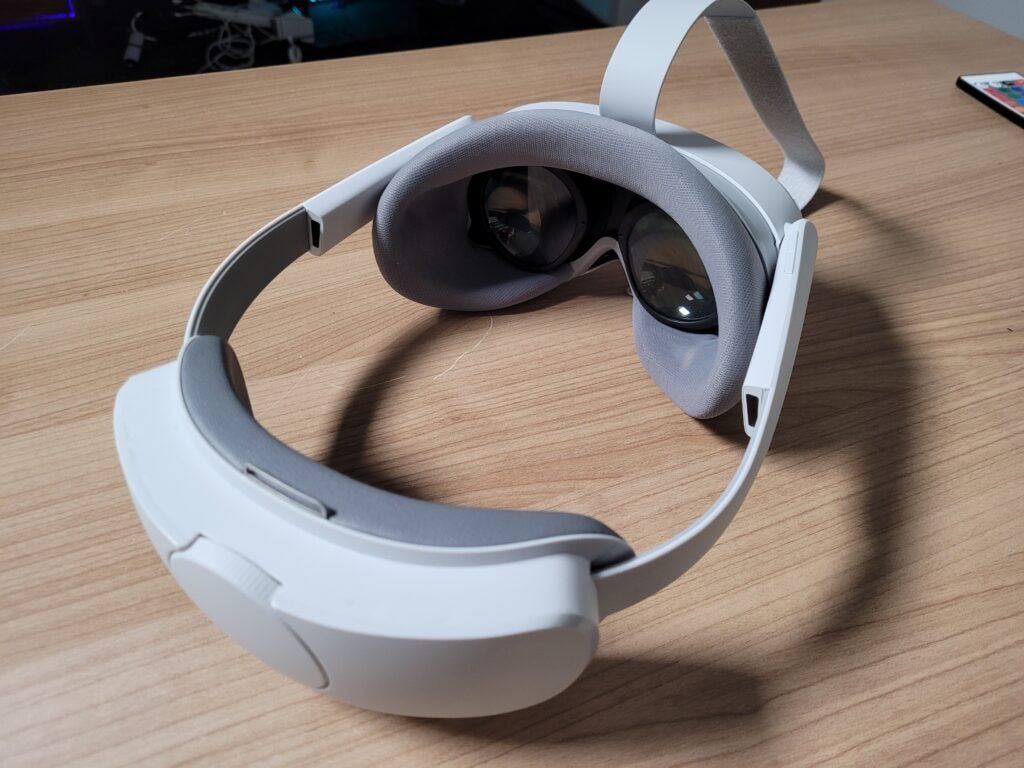
The Pico 4 is noticeably smaller than the Quest. It’s considerably lighter too, hitting the scales at just 295g opposed to the Quest’s 503g heft.
Pico has been able to achieve this design by using a pancake lens. This technology allows the two lenses inside the headset to sit closer together, resulting in a more compact housing. Having a lighter form has multiple benefits, applying less pressure on your head throughout a lengthy gaming session.
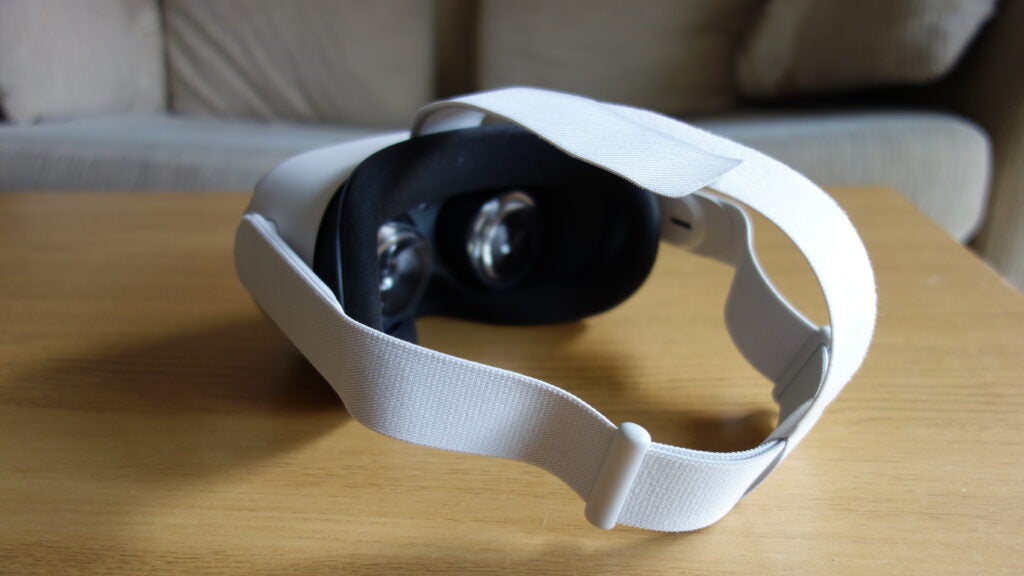
Pico has also smartly built the battery cell into the rear strap, resulting in a superior weight distribution than the Quest. When using Meta’s headset, it can feel like it’s pulling your forehead down which can result in an uncomfortable experience.
Bizarrely, the Pico 4 is missing a headphone jack, so you’ll have to go wireless if you want to use a pair of headphones instead of the integrated speakers. The Quest 2 does not share this issue, featuring a headphone jack, integrated speakers and Bluetooth support.
Controllers
The controllers for the Meta Quest 2 and Pico 4 are virtually identical. They both feature tracking technology, and have a similar selection of inputs: front-facing buttons up top, an analogue stick on each pad and triggers on the rear.
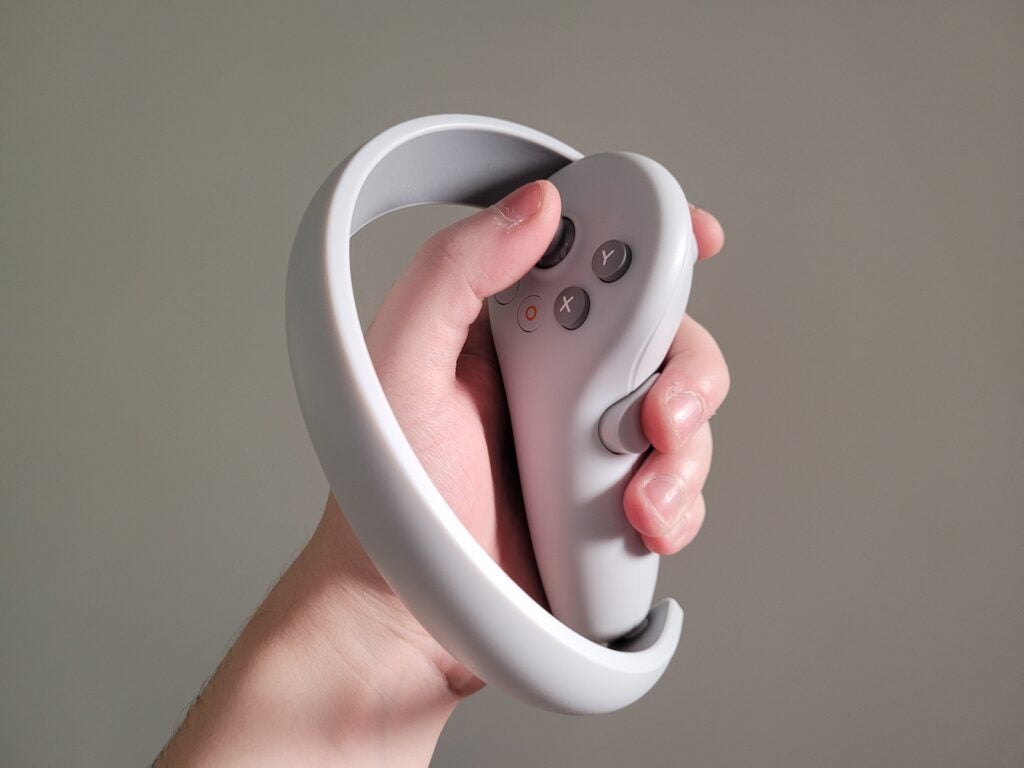
Those triggers are used to simulate real-life hand movements, whether you’re picking up an object or curling in your fingers to punch an enemy.
The pads for the Pico 4 are slightly longer, allowing more room for you to grip. Although that does mean they’re slightly more difficult to stow away in a bag.
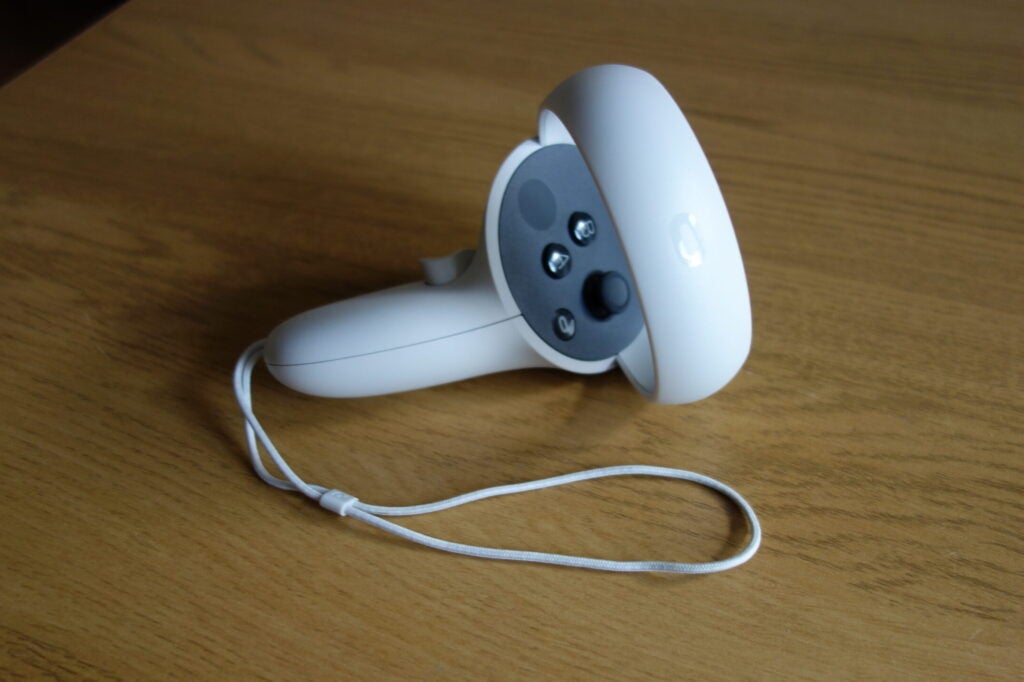
Both VR controllers require AA batteries, so you won’t be able to charge them up with a USB cable. While that’s a great shame, it does at least mean you won’t need to worry about recharging them on a frequent basis.
Specs and performance
Both the Meta Quest 2 and Pico 4 headsets are powered by the same chip: the Qualcomm XR2. This means you’ll get a very similar performance.
The two headsets are able to run a huge selection of VR games, with only the most demanding titles – such as Half-LIfe Alyx and Skyrim VR – requiring more power. Fortunately, both headsets can be connected up to your PC if you do fancy engaging with more high-end experiences.
There’s also no difference in terms of storage capacity, with 128GB and 256GB configurations available for purchase.
| Meta Quest 2 | Pico 4 | |
| Processor | Qualcomm XR2 | Qualcomm XR2 |
| Screen technology | LCD | LCD |
| Resolution per eye | 1832 x 1920 | 2160 x 2160 |
| Max refresh rate | 120Hz | 90Hz |
| Storage | 128GB / 256GB | 128GB / 256GB |
| Battery capacity | 3640mAh | 5300mAh |
The Pico does steal an edge over the Quest in terms of screen resolution though – 2160 x 2160 per eye compared to the Quest’s 1832 x 1920. Our testing shows that the Pico is capable of producing sharper images, with individual pixels becoming less visible to help eradicate the notorious screen door effect.
Refresh rate tops out at 90Hz for the Pico 4, while the Quest is able to reach 120Hz following a recent update. Both headsets use LCD screen technology, so OLED isn’t on offer on these ranges just yet.
We also conducted battery testing for both VR headsets during the review process. We found the Quest to last for around 2 hours when playing games, while the Pico 4 could sometimes be pushed up to 3 hours with less intensive games. This is because Pico fitted its headset with a larger capacity battery. While that’s a big win for Pico, I personally wouldn’t want to keep playing VR continuously for over 2 hours.
Features
There are a couple of fancy features available on both VR headsets. Due to having cameras at the front, the Meta Quest 2 has a passthrough which allows you to view your surroundings in black and white with the headset still strapped to your face.
The Pico 4 goes one step further with a colour passthrough, allowing you to see your real-world environment with more detail. As of yet though, Pico hasn’t used this feature for use with mixed reality.
The Meta Quest 2 added hand tracking support in a post-launch update. This allows you to navigate menus without need of controllers, simply pointing your fingers and then pinching to select. Using controllers is still the optimal way to play games though, so it’s not a massive win for the Quest.
Both headsets lack high-end VR features such as eye tracking and mixed reality but that’s not really a surprise at these price points. You’ll need to buy a Meta Quest Pro for such functionality.
Games
As any console fan will tell you, the game library is just as important as the specs – sometimes even more so. While the Pico 4 has been impressive so far, it struggles to compete with the Meta Quest in this area.
The Pico 4 has a decent selection of games, including VR classics such as Arizona Sunshine, Superhot VR and Rec Room. It even has a few modern gems, such as Ragnarock and Walkabout Mini Golf.

The problem is, the Meta Quest has access to virtually all the same games as the Pico 4, while also featuring an impressive range of exclusives on top. These include Beat Saber, Resident Evil 4 and Lone Echo.
There are plenty of other fantastic games that the Quest 2 features that the Pico 4 does not have access to yet, including Among Us VR, Moss and Tetris Effect: Connected.
It’s possible that Pico will expand its game library in the future, but there’s no guarantee. And since Meta has acquired multiple VR game studios in recent years, it’s only going to be expanding its lineup of exclusive games in the future.
Verdict
The Meta Quest 2 and Pico 4 are very similar VR headsets. They both have an all-in-one design, use the exact same processor and even share a similar game library.
The Pico 4 gains the edge in terms of hardware, with a lighter and more comfortable design, superior screen resolution, and a larger battery for extended runtime.
But Pico can’t compete with Meta when it comes to games. Meta has several exclusive games to its name, while virtually every single game in the Pico 4 store is also available on the Quest 2 headset. For this reason alone, we’d recommend opting for the Meta Quest 2 over the Pico 4.






